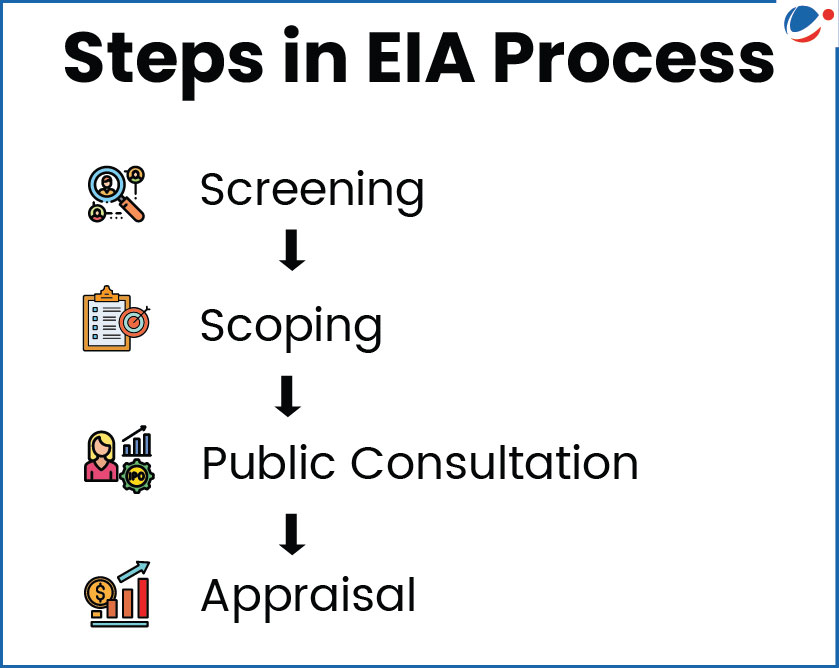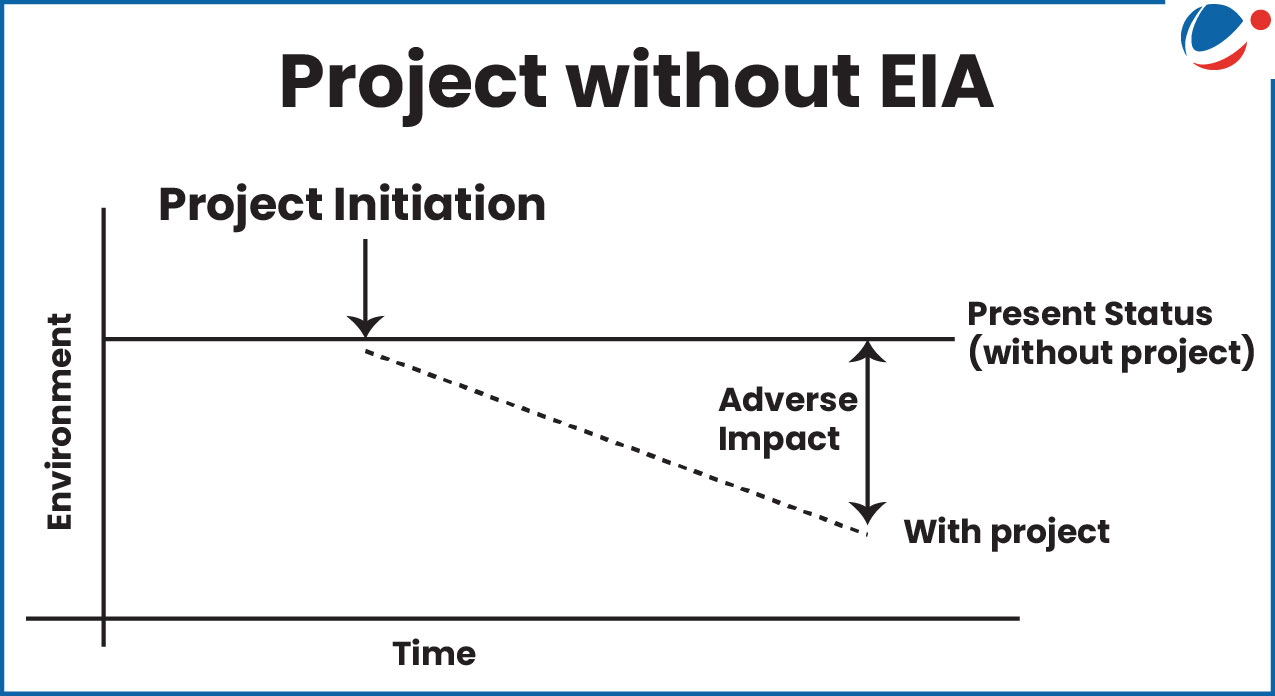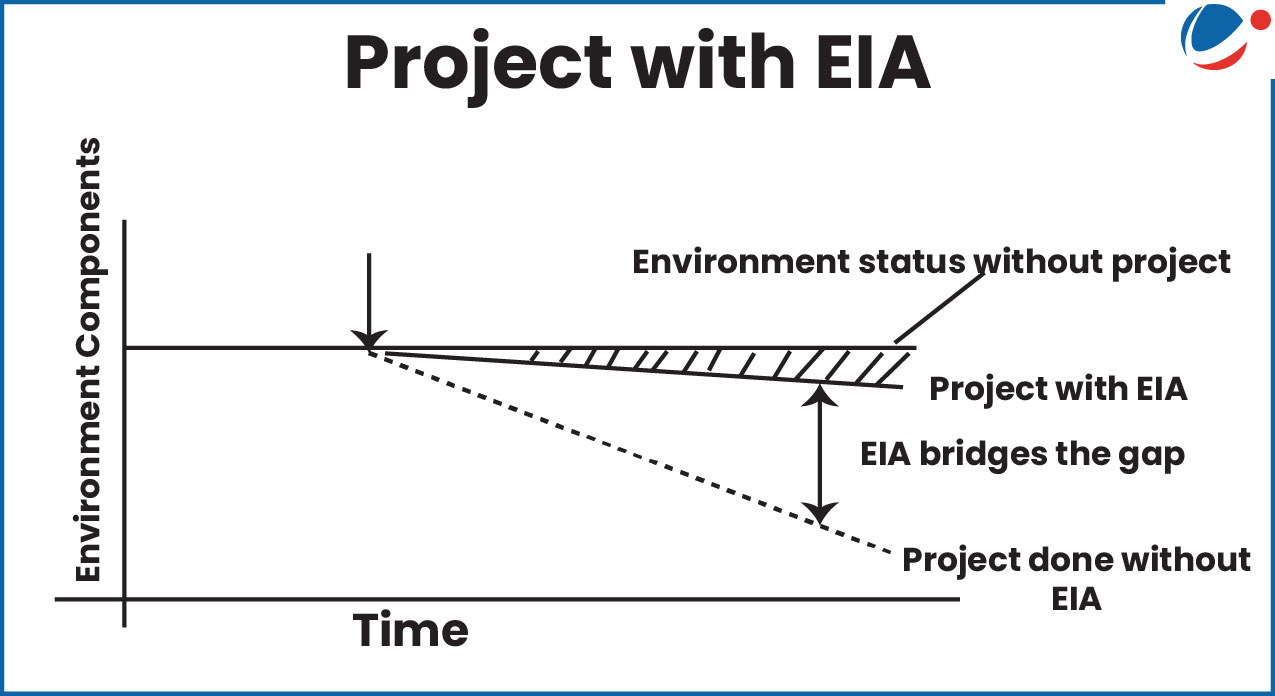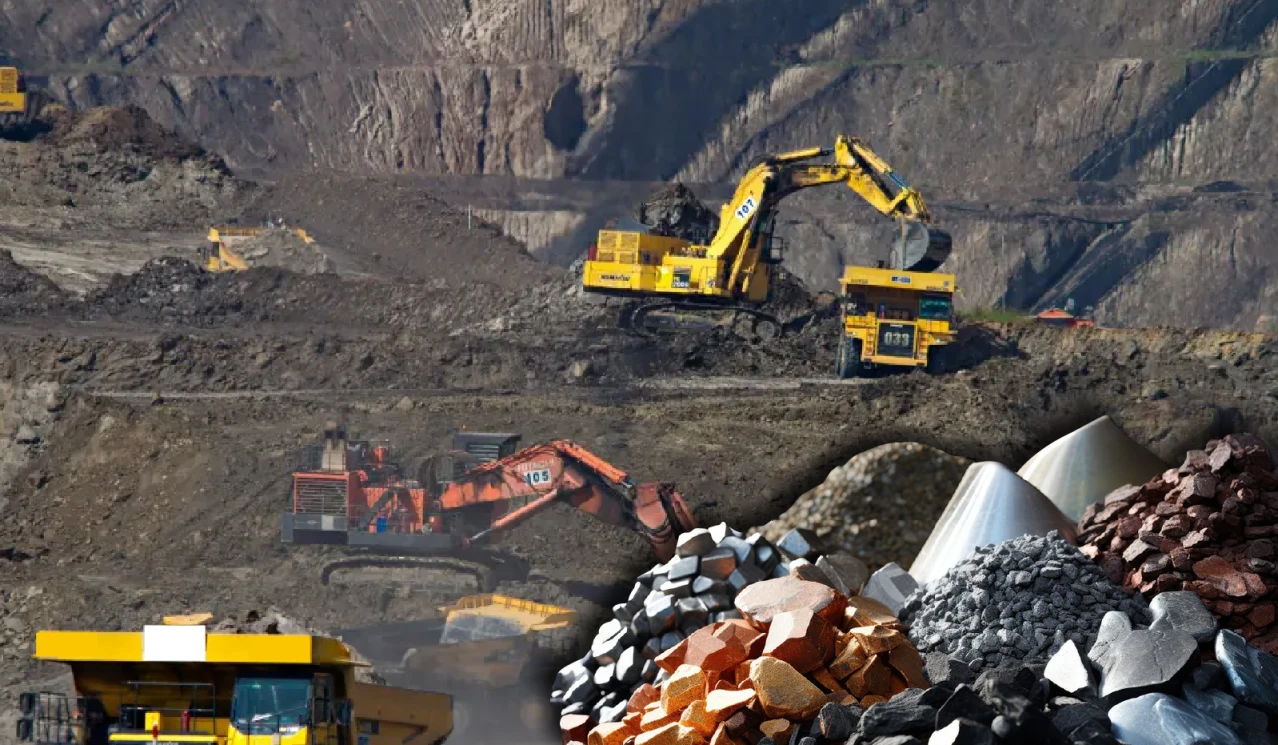Why in the News?
Ministry of Environment, Forest and Climate Change (MoEFCC) exempted mining projects involving Atomic, Critical, and Strategic minerals (like Rare Earth Elements) from Public Consultation under the Environmental Impact Assessment (EIA), 2006.
More on the News
- Exemption includes all mining projects of atomic minerals (e.g. uranium) and critical and strategic minerals (e.g. lithium) of 1st schedule of Mines and Minerals (Development and Regulation) Amendment Act, 2023.
- Although exempted from Public Consultation, these projects will still undergo appraisal at the Central level.
Why have these projects been exempted from Public Consultation?
- Ensuring Energy Security: Exemption will enhance production of Uranium and Thorium minerals by operationalizing new deposits.
- Thorium extracted from Monazite (Beach sand mineral) will be used in the 3rd stage and Uranium in the 1st stage of the country's Nuclear Power Programme.
- Strategic Applications: E.g., in the defence sector, Rare Earth Elements (REEs) are used in production of surveillance and navigational aids (such as radar and sonar), communication and display aids (such as lasers), etc.
- Reducing Import Dependence and Vulnerability to Supply chain disruption: REEs are scarce in India and their production and supply is concentrated in limited geographies around the world.
- Other: Attract investments by reducing operationalization time, enabling speedy approvals, promoting economic competitiveness etc.
What is Public Consultation in EIA?
- Definition: It is a process by which the concerns of local affected persons and other stakeholders in the environmental impacts of the project or activity design are ascertained.
- Category of Projects: It is required for usually all Category A and Category B1 projects.

- Two Components of Public Consultation:
- A public hearing at the site or in its close proximity.
- Obtaining written responses from concerned stakeholders
- Conducting Agency: State Pollution Control Board (SPCB) or Union Territory Pollution Control Committee (UTPCC)
- The proceedings must be sent to the concerned regulatory authority within 45 days of receiving the applicant's request.
Concerns associated with Exemption of Public Consultation
- Diluting Environmental Governance: Undermines Legal Mandate under EIA 2006 and sets a precedent for dilution of EIA norms.
- Exemption weakens Environmental Democracy guaranteed under Article 21 (Right to Life, Clean Environment) and Article 48A (Protection of Environment).
- Reduces Quality of Project Appraisal: Local population raises site-specific concerns as they are more aware about their places.
- E.g., Silkyara tunnel under Char Dham project (Uttarakhand) which collapsed in 2023, was exempted from EIA.
- Triggers Conflict: Absence of early engagement can lead to protests, litigation, or unrest. E.g., Closure of Sterlite Copper Plant in Tamil Nadu after violent protest.
- Undermines Participatory Governance: It is based upon citizens owning a voice in policy formulation and implementation that impact or influence them.
- Erodes transparency and accountability (Communities may remain unaware of projects).
- Potential Violation of International Commitments: Goes against principles of the Rio Declaration (1992) and Aarhus Convention (1998).
- 1998 Aarhus Convention concerns access to information, public participation in decision-making, and access to justice in environmental matters.
Environmental Impact Assessment (EIA)
| ||||
Conclusion
Exemption of public consultation raises serious concerns of diluting environmental governance, undermining participatory democracy, etc. A balanced approach i.e. ensuring speedy approvals without compromising transparency, accountability, and sustainability is essential.






